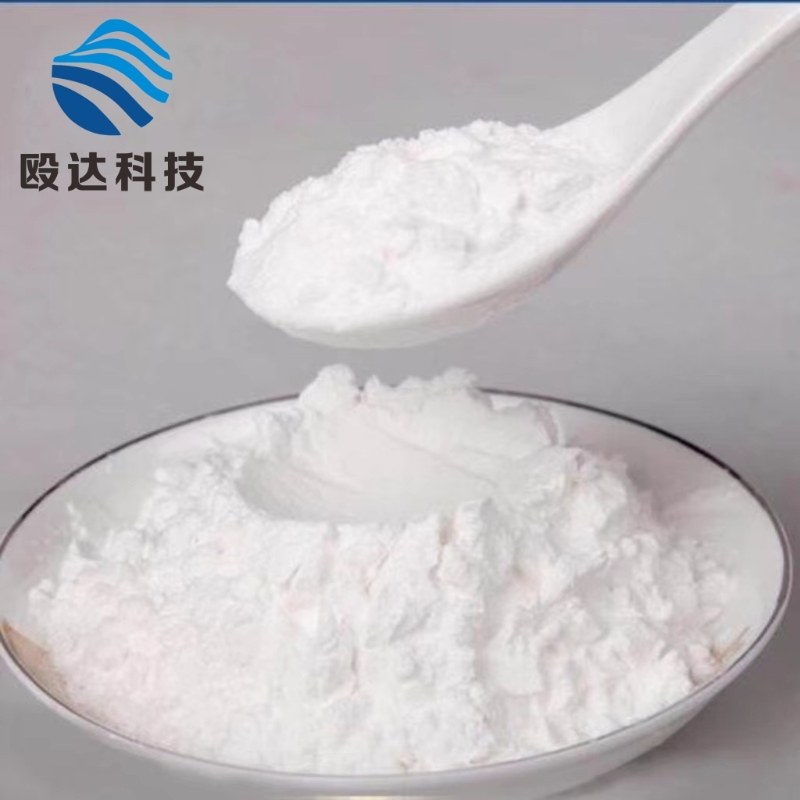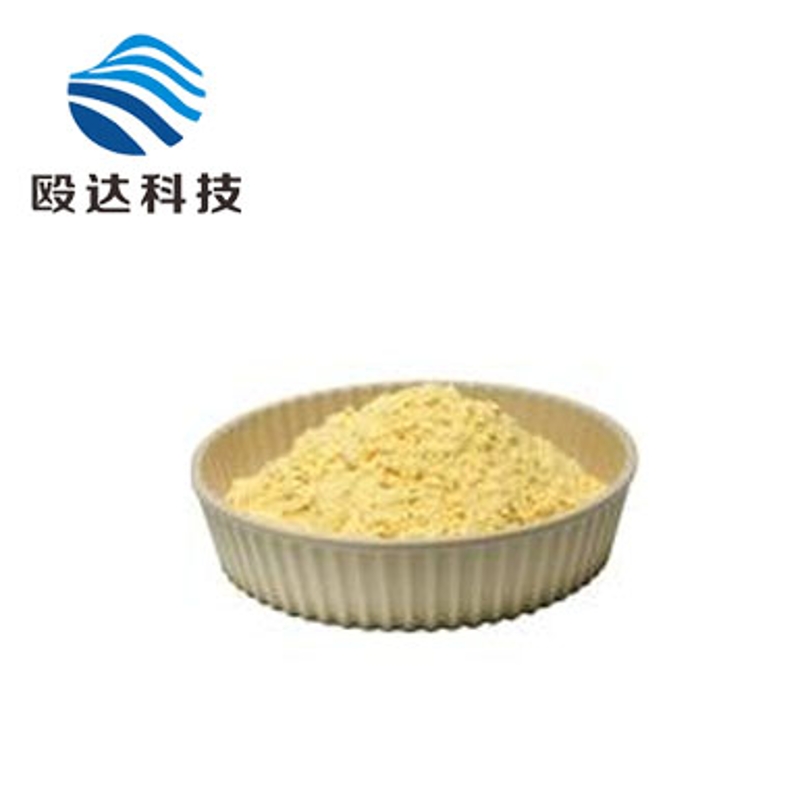-
Categories
-
Pharmaceutical Intermediates
-
Active Pharmaceutical Ingredients
-
Food Additives
- Industrial Coatings
- Agrochemicals
- Dyes and Pigments
- Surfactant
- Flavors and Fragrances
- Chemical Reagents
- Catalyst and Auxiliary
- Natural Products
- Inorganic Chemistry
-
Organic Chemistry
-
Biochemical Engineering
- Analytical Chemistry
- Cosmetic Ingredient
-
Pharmaceutical Intermediates
Promotion
ECHEMI Mall
Wholesale
Weekly Price
Exhibition
News
-
Trade Service
Protective clothing flame retardant tester vertical combustion tester is used to test the combustion performance
of textiles.
The vertical flame chamber is used to determine the flame retardancy, glow propagation and carbonization properties
of fabrics, children's clothing, foam, paper and other materials.
1.
Gas burner An improved Bunsen burner is available with a non-pajama test package
.
The burner includes a flame altimeter and light guide.
For children's sleepwear test kits provide an inclined side burner
mounted on the side wall of the test chamber.
2.
The gas-connected gas mixture should be methane, 99% pure, or in the
applicable test method.
If a side burner is used, the gas supply line is connected directly to the burner inlet
via a customer-supplied pressure regulator.
If using a Bunsen burner, connect your gas supply to a manual gas control unit and connect the output line of the unit to the burner inlet
.
3.
Bunsen burner position and flame height Place the burner in a position so that the center of the burner barrel is directly lower than the center of the specimen on the burner, with respect to the indicator tube, there is a metal flame height gauge spaced 13 mm (1/2 inch) apart from the barrel and extend the burner
above.
The rod has two 8 mm (5/16 in) tips marked 19 mm (3/4 in) and 38 mm (1 1/2 in) above
the top of the burner.
Use this gauge
when adjusting the burner flame height according to the applicable test method.
4.
Use the side burner in the burner operation test: hang the empty specimen bracket on the support rod of the VFC chamber, and clamp the back edge of the bracket to the bracket guide rail protruding from the back wall of the chamber
.
Place the burner tube directly under the center of the specimen and adjust the position of the stop ring on the burner (outside the combustion chamber
).
Slide the burner out of the (right) position and ignite
.
According to the test method, adjust the burner flame height
according to the wall flame altimeter in the combustion chamber.
As previously described, remove the empty specimen holder and hang the loaded specimen holder inside
the cavity.
Close the hatch and perform the test according to the applicable test method 1.
Set the control mode switch to automatic position
.
2.
Prepare your test sample and mount it in an appropriate bracket inside
the instrument's test chamber.
3.
If possible, place the burner under
the sample according to your test method.
4.
On the AGC, open the main gas shut-off valve by lifting the toggle lever up until the toggle lever is pointing outward
from the panel.
Note: Opening this valve allows gas to enter the pilot burner, which must be ignited immediately
.
5.
Light the pilot burner
.
6.
Close the instrument room door
.
7.
Press the timer reset button
below the AGC run time display.
If the display is counting, press the timer start button to turn it
off.
Press the timer reset button to make it appear as zero
.
8.
To start the test, press the burner start button and the timer start button
on the AGC at the same time.
(Correct operation will be indicated
by the illumination of both switches.
) If neither is lit, press the timer start switch to turn off the lights and press the timer reset button
below the runtime display.
Press both start switches again at the same time to start the test
.
9.
When the timer indicates 15 seconds (HMV) or 12 seconds (VFC), the burner will go out
.
You can let the elapsed time display continue counting and stop it
as needed by pressing the timer start button.
You can also stop it using the timer start button, reset it to zero using the timer reset switch, and restart it by pressing the timer start button to time burn events
.
Press the timer start button again to stop it
.
10.
Display or time the desired events
using the elapsed time described above or use the handheld event timer provided by AGC.
11.
Additional tests can be performed
by repeating steps 6-8 above.
12.
When you are done using the AGC, always close the main gas shut-off valve
by pushing the switching lever to the fully downward position (do not point out of the panel).
Cut off the gas supply to
your tank or equipment.
The AGC
is electrically switched off by moving the control mode switch to the center position.







